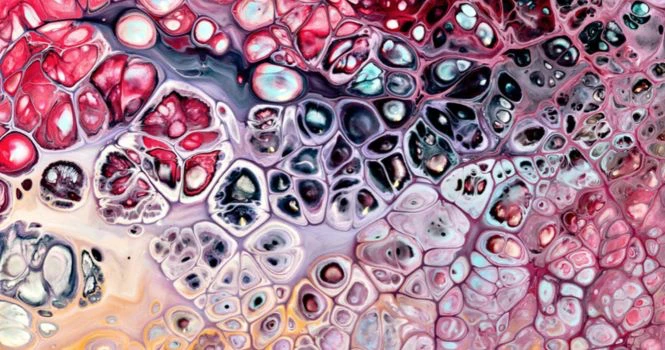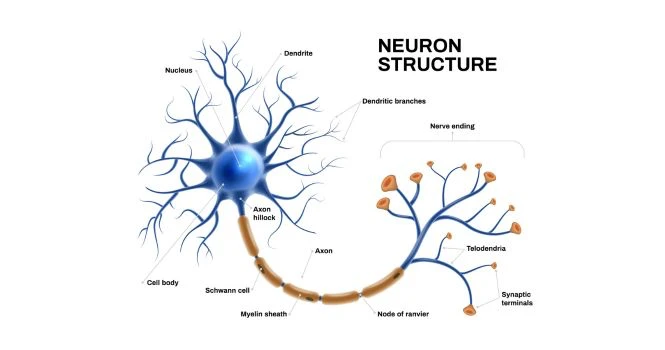Around 4 to 5 litres of blood is circulating in our body supplying every part of the body through a network of veins, arteries and their branches. Understanding blood composition is essential for grasping how this vital fluid supports overall health.
Average volume of blood in normal adults is 5 Litres.
Average volume of blood in new born baby is 450mL.
Blood is slightly alkaline with a pH of 7.35 and 5 times more viscous than water.
(Alkaline means its capable of neutralising an acid; or having a pH of more than 7)
There is cellular component as well as the serum component.
Blood is red in colour.
– Arterial blood is scarlet red in colour as it contains more oxygen.
– Venous blood is purple red as it has more carbon dioxide.
Normal Values of blood constituents:
Red Blood Cell Count – 3.8 – 4.8 mil/μL
Hemoglobin – 12.0 – 15.0 g/dL
Platelet Count – 150 – 410 thou/μL
White Blood Cell Count – 4.0 – 10.0 thou/μL
WBC Differential Count : Different types of WBC and their normal values.
Segmented Neutrophils – 40 – 80 %
Eosinophils 1-6 %
Lymophyctes – 20 – 40 %
Monocytes – 2 – 10 %
Basophils <1-2 %
Functions of Blood:
1. Nutritive Function
2. Respiratory Function
3. Excretory Function
4. Transport of hormones and enzymes
5. Regulation of acid-base balance
6. Regulation of water balance
7. Regulation of body temperature
8. Storage Function
9. Defensive Function













